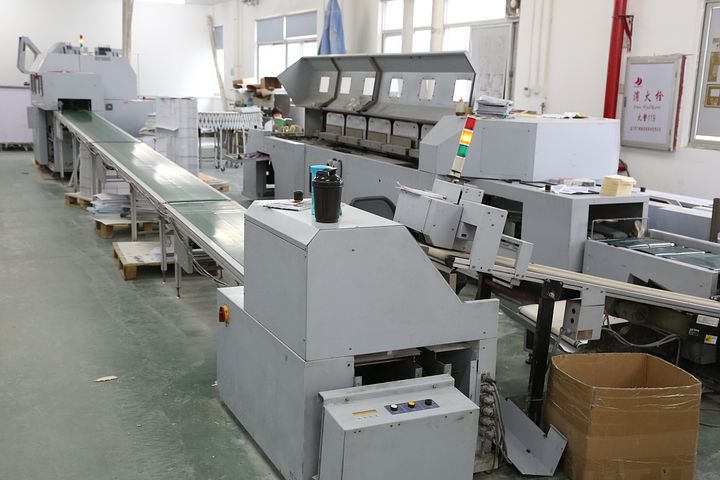The humble print shop has significantly changed over time. Since the printing press was first invented by Johannes Gutenberg in the 15th century, the mass production of books and wide circulation of knowledge has significantly increased. However, it has been speculated that letter-pressing existed before Gutenberg. Despite so, historians generally agree that it was only widely popularised following his revolution.
Prior to Gutenberg, scribes would work by hand carefully copying manuscripts. This was a long and tedious process prone to human error. Books contained valuable information and knowledge. Not everyone was privy to these texts either as schooling in reading and writing was not common among general society at that time.
As advancements in mechanical machines grew, so did the sophistication of print shops. Early letter presses still required significant human operation and supervision during production. Lines of text would be composed by typesetters before production, so the ink could be imprinted with legible characters, correctly arranged. Softer metals like lead or tin were usually preferred as they were easier to work with. Different inks, such as oil-based products were also used.
Mechanical print shops quickly spread throughout Europe. It is estimated that millions of books were produced in the decades following the 1430’s. By the 16th century, print shops enabled newspapers to be created. A totally new resource to successfully share current information to the wide-spread public; a significantly better format than oral traditions that could easily change as the new spread.
Scientists were among the first to readily adopt this trend and published scholarly journals that helped to spread the scientific revolution. With the reliable consistency of machines, publishing accommodated the ability to consistently and accurately cite references. Authors became more meaningful and profitable, including in the newspapers. It was, and still is, important to know who said what and how.
With the benefit of hindsight, we can now clearly see how print shops helped shift society towards what we can call the ‘democratisation of knowledge’. Yet on the other hand, print shops have been criticized for allowing the spread of incorrect information too. Without a doubt, the good outweighs the bad with unified standards that helped to unite a common English language. In first world countries, these positive benefits have been accelerated with well-run government schooling.
Another factor of impact from early the print shop was on the economy. Areas with stores readily available had higher levels of growth. Print shops have continued to expand and diversify now offering design and marketing services, including for the digital presence.
Today, printing can involve so much more than simple black and white or colour ink. Of course, home devices can cover you for all that, but while the most common paper size is A4, not everyone prefers that traditional paper size. It is not common for companies to have large corporate devices either.
Business cards, banners, posters, flyers and leaflets, even massive wall art by the square meter, all require different specialised equipment. The leaflets itself can either be glossy or matte, with different paper products used for different purposes. With the current focus on environmental sustainability, special recyclable materials are now offered to tailor to the changing market.
Fax machines are obsolete compared to scanning and email services, however photocopying continues to thrive. Sending information via paper has evolved overtime too. Before, more primitive methods of sending paper reports was used. No sophisticated planes, boats and were used. Producing these copies was much easier but was still limited to slower transportation method available at the time. Information could spread widely in the immediate areas, but the outlying areas still had problems.

